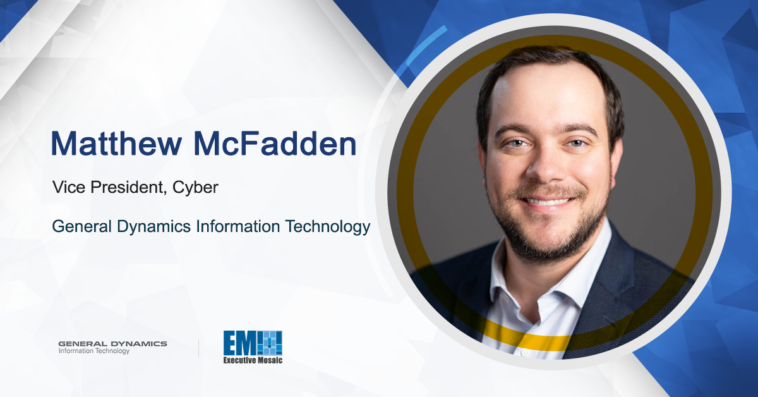Matthew McFadden, vice president of cyber at General Dynamics Information Technology, said government agencies and organizations should prioritize four core cybersecurity practices to defend their environments: implementing two-factor and multi-factor authentication, advancing vulnerability and patch management, reducing the attack surface and pursuing active defensive cyber operations.
In an article published Wednesday on GDIT’s website, he said agencies should “ensure 2FA/MFA is applied up and down the technology stack (system, application, data)” and transition to “passwordless, derived credential, and/or phishing resistant MFA.”
McFadden stressed the importance of automated patch management in helping agencies defend network environments amid the rising threats and vulnerabilities that could be exploited by adversaries.
“Automated patch management is critical for network devices, systems, and applications. Balancing stability with an up-to-date security posture is an essential measure of whether organizations are taking vulnerability management seriously,” he added.
McFadden called on agencies to adopt Splunk and other visibility and analytic tools to centralize security telemetry, limit access and ensure that all assets have point protection by deploying tools like Crowdstrike Falcon XDR.
“Ensure that your applications have cyber defense monitoring. This is your last line of defense against unpatched vulnerabilities,” he wrote. “Ensure web application firewalls (WAFs) and/or next-generation firewalls (NGFWs) are inline and are actively defending against common attacks.”





